The Louvre’s history is crucial to what makes it the most visited museum on Earth, but art theft experts tell the Daily Beast the institution’s age was its biggest vulnerability when it was robbed in broad daylight on Sunday.
Construction on the Paris museum began in 1546, meaning security considerations that are a no-brainer for modern museums could not yet be conceived of, says Erin Thompson, an art historian and professor at New York City’s John Jay College of Criminal Justice.
Thompson noted that the quartet of thieves who swiped priceless tiaras and brooches from the Louvre on Sunday entered and escaped using a truck-mounted lift that gave them access to a second-floor balcony. They cut through the window, smashed glass display cases holding France’s crown jewels and escaped the same way they entered—all within seven minutes.
The professor noted that Metropolitan Museum of Art, constructed on the eastern edge of New York City’s Central Park in 1870, could not be looted so easily. She said the same is true of most major museums that were constructed in the century-and-a-half since then.
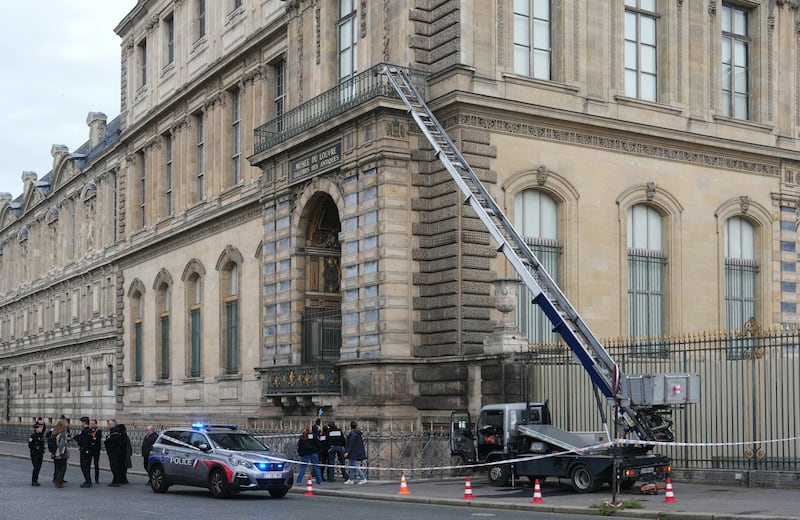
“If you go to the Metropolitan Museum, you have to go a long way from the street before you hit any art,” she said, noting that this is not the case with the Louvre. “The building, the room that was hit, looks right out into the street and has nice, big, beautiful windows. But in any purpose-built museum, you’re going to have minimal openings in the perimeter that are going to be smaller, so you can’t squeeze through them.”
Still, Thompson said she was surprised to learn that easily snatchable, priceless jewels were kept so close to a window—a place they had only recently been moved to.
“Usually museums and historic buildings know that the areas around the perimeter are less secure, so they’ll put like a big statue [near windows],” she said.
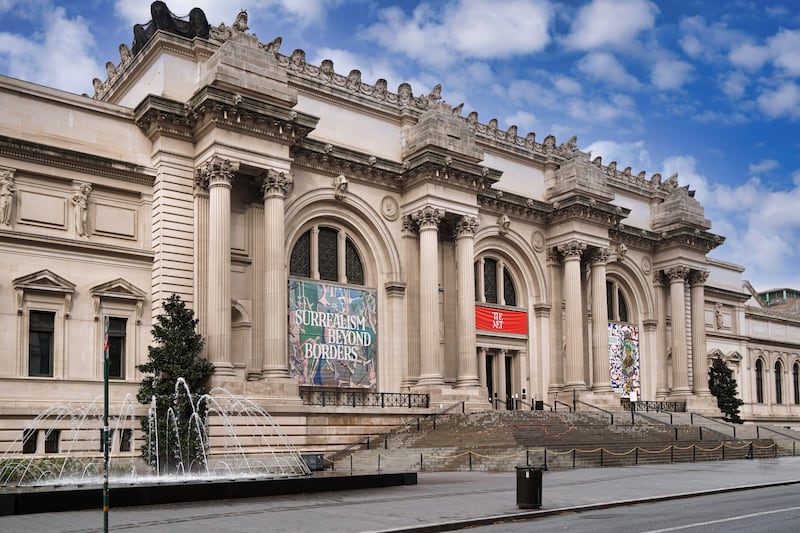
Thompson theorized that the Louvre was targeted not for the specific jewels that were swiped, but because the majority of museums are less secure than a typical high-end jewelry store in 2025. She expects the jewels will quickly be stripped down and sold, possibly in the diamond markets that Antwerp, Belgium, is known for.
“You’re supposed to be there to contemplate the beautiful art in a peaceful environment, so they can’t lock you in like they do at Cartier,” she said of museums like the Louvre. “They don’t have armed guards standing in the room like they do at Cartier. Why? Because what are they going to do, get into a shootout in the wing of the Mona Lisa? No.”

Tim Carpenter, the managing director of museum security consulting firm Argus Cultural Property Consultants and the former head of the FBI’s Art Crime team, told the Beast that securing the Louvre is especially hard because the structure is a piece of art that requires preserving.
“The building itself is a piece of art, which means they’re not going to do a lot of disruptive, damaging infrastructure changes that would destroy the fabric of the building itself,” he said.
Carpenter said the timing of the Louvre heist—30 minutes after the museum opened to visitors Sunday morning—was presumably intentional, because it is when museums are the most “chaotic.”
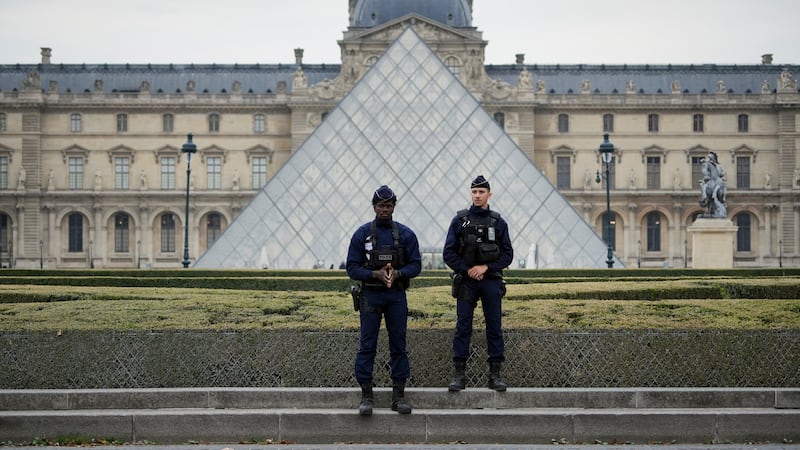
The former FBI special agent said the “apprehension rate” for those who rob museums is high, so he expects the four suspects—who fled on motorbikes and remain at large—will be caught and persecuted eventually. Thompson agreed, telling the Beast those who did the “dirty work” of breaking into the building likely were hired for the gig and are unlikely to escape justice.
“In almost all of these similar cases, the actual people who have gone into the museum, did the dirty work, have gotten caught,” she said. “Because there’s security camera footage, there is DNA—so I don’t understand why anybody takes this job. They’re usually being paid a couple thousand bucks to do the dirty work. It seems like a stupid idea.”
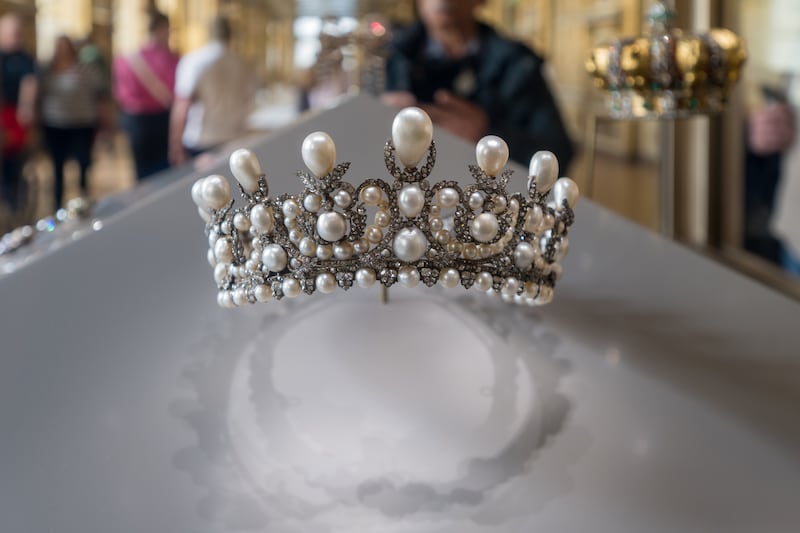
Thompson believes there is very little chance the stolen jewels are still intact. She told the Beast that the biggest diamonds have likely already been popped out and cut down to be resold at a fraction of what they were previously worth.
Mara Opperman, who co-founded the secondhand ring marketplace Louped, told the Beast that the jewels are priceless given their historical significance. However, once stripped for parts, she believes the thieves may net a total between $2 and $8 million for the lot, which is a “fraction” of what their value would be if kept intact.
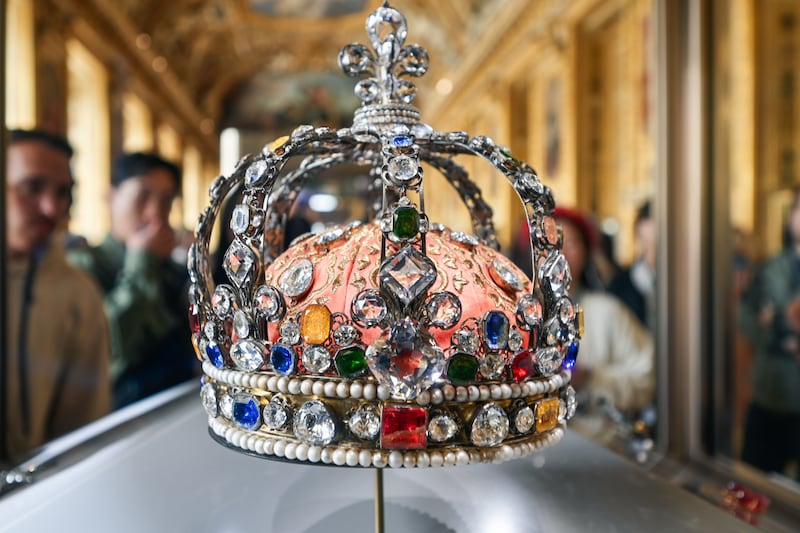
“The Louvre thieves may have stolen history and tens of millions of dollars [worth of artifacts], but they will not be walking away with that amount,” she said. “The jewels’ royal provenance and museum-level documentation make them nearly impossible to sell intact. So their only path to profit is destruction: prying out stones, melting gold, and erasing identity.”
She continued, “Once these gems are recut, melted down, or stripped of their historic identity, they lose the qualities that made them priceless. What remains are anonymous carats and scrap metal—materials that trade at a fraction of their former worth. And when you factor in the costs of cutting, smuggling, and laundering, the payout keeps declining.”
Carpenter says he is holding out hope that the artifacts are being held by the thieves as-is and have not already been melted or cut down. He speculated that the jewels could be held as a bargaining chip in case the thieves are busted in the coming days, or used to demand a ransom payment from the French government.
“These guys, as good as they were, were still fairly sloppy,” he said. “They left behind too much evidence. And so maybe they’re smart enough to realize they made some mistakes along the way and know there’s a high likelihood that they’re going to be apprehended, at which point they hold the pieces as leverage.”
The post The Secret Weakness That Enabled Louvre Thieves to Pull Off Heist appeared first on The Daily Beast.




